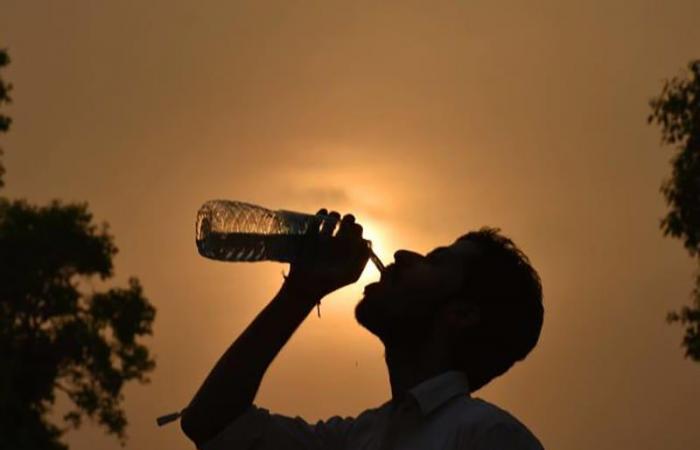After several days of moderate temperatures, Morocco is preparing to face an intense heat wave. According to the latest forecasts from the National Meteorological Directorate (DMN), temperatures will gradually increase throughout the country, marking the beginning of a heatwave that could well break records.
The last few days have been characterized by relatively mild temperatures, despite the beginning of summer, a season usually marked by oppressive heat. Temperatures have not exceeded 30 degrees Celsius, which is unusual for this time of year. However, this lull will be short-lived, as the forecast predicts a significant rise in temperatures from tomorrow.
Summer heat returns
From tomorrow, Tuesday, the weather situation will be marked by intense heat in the southeast of the country and in the interior of the southern provinces. High temperatures are also expected in the east and the interior plains. At the same time, low clouds accompanied by morning and night fogs will form on the northern and central Atlantic plains as well as on the Mediterranean coast.
Moderately strong wind gusts are expected in the southern provinces and on the central coasts, while daytime temperatures will be generally high. Minimum temperatures will range from 20 to 27 degrees in the southeast and eastern and southern Saharan provinces, and from 13 to 15 degrees in the Atlas and Rif Mountains, with values ranging from 15 to 20 degrees in the rest of the country.
The weather will see a continuous rise in temperatures from Wednesday and for the rest of the week. The weather will be relatively warm in the interior plains, the east, the southeast, and in the interior of the southern provinces. Low clouds and night and morning fogs will occur in places in the northern and central plains and on the Mediterranean coast.
A week marked by heatwave
Heatwaves can have significant consequences for public health, agriculture and water resources. Experts say it is crucial for people in affected areas to take adequate precautions: stay hydrated regularly, avoid strenuous physical activity during the hottest hours of the day, and ensure the protection of vulnerable people, such as children and the elderly.
The climate between spring and summer is always unstable. Last June had record temperatures, while this June was marked by moderate heat. The Azores High plays a crucial role in influencing humid currents coming from the north to the interior and central regions, while the southern provinces are often affected by warm air masses coming from the Sahara according to national climate experts. This climate variability is a typical manifestation of current climate fluctuations.
The increase in temperatures in the previous months was due to the rise in sea temperature, favoring evaporation. Today we are experiencing an opposite period, typical of the phases of the El Niño event, all influenced by the Azores anticyclone that regulates the passage of cold or warm air masses.
Summer outlook in Morocco
Contrary to forecasts suggesting a cooler summer, apparently this summer season will be comparable to previous ones, with periods of intense heat due to the tangible effects of climate change. It is essential to remain vigilant and prepare for extreme weather conditions.
In short, Morocco is preparing to face a period of heatwave that promises to be intense. Vigilance and caution will be required to get through this difficult period safely. Authorities and citizens must work together to minimize the impacts of this heatwave on public health and the environment.






